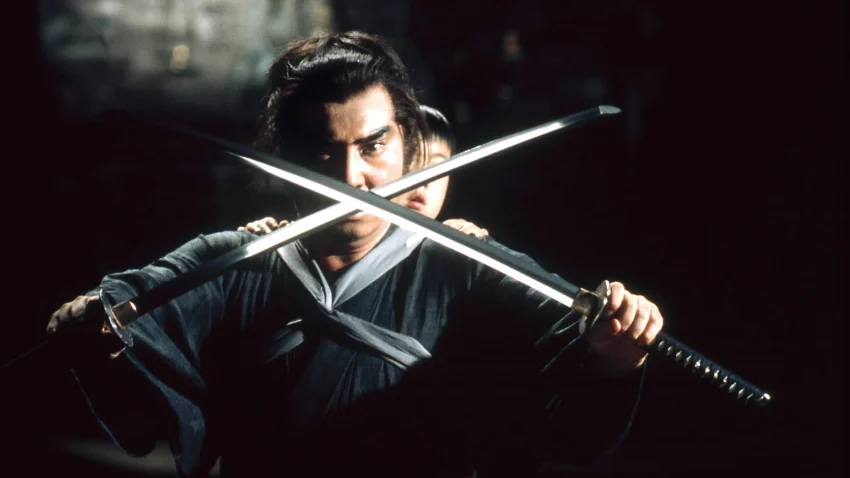langerhanscellhistiocytosis.org – Released in 1980, Shogun Assassin stands as one of the most influential and enduring cult films of its era. A hybrid of two Japanese Lone Wolf and Cub movies, it combines stylized violence, powerful storytelling, and unforgettable imagery to create a unique experience for both Western and Eastern audiences. This film continues to captivate fans of samurai cinema and martial arts with its blend of action, emotion, and striking visual style.
Origins and Adaptation
Shogun Assassin is essentially a re-edited version of the first two films from the Japanese Lone Wolf and Cub series: Lone Wolf and Cub: Sword of Vengeance (1972) and Lone Wolf and Cub: Baby Cart at the River Styx (1972). Directed by Robert Houston and heavily reworked for Western audiences, the movie took the core elements of the original films, streamlined the plot, and added a new English dub and score.
The film tells the story of Ogami Itto, a former Shogun executioner who becomes a wandering assassin after being betrayed and falsely accused of treason. He embarks on a journey of revenge, accompanied by his young son, Daigoro, in a wooden cart. The bond between father and son, as well as the relentless violence they encounter, creates an emotionally charged atmosphere that resonates throughout the film.
Themes and Style
At its heart, Shogun Assassin is a revenge story, exploring themes of honor, loyalty, and the personal costs of vengeance. The protagonist, Ogami Itto, is portrayed as a man driven by a single-minded pursuit of justice for the wrongs done to him and his family. The juxtaposition of his brutal, highly skilled swordsmanship with his role as a father caring for his son adds emotional depth to the film.
Visually, Shogun Assassin is stunning, with choreographed fight scenes that showcase samurai swordplay in an almost poetic manner. Bloodshed is abundant, but it is presented in a stylized fashion, often with exaggerated sprays of blood that heighten the film’s operatic tone. The action sequences are relentless, with Ogami dispatching waves of enemies with deadly precision. This blend of action and artistic expression has made the film a touchstone for martial arts and samurai film enthusiasts.
Reception and Cultural Impact
When Shogun Assassin was released in the United States, it quickly gained a following among fans of action films, exploitation cinema, and samurai movies. While it was initially met with mixed reviews due to its heavy violence and the alteration of the original Japanese films, it has since become a cult classic. The film’s fast-paced editing, English dubbing, and electronic score (composed by Mark Lindsay) appealed to a generation of moviegoers who were unfamiliar with the subtleties of Japanese cinema.
The film’s influence can be seen in various aspects of modern pop culture. Quentin Tarantino’s Kill Bill films, for example, draw clear inspiration from Shogun Assassin, particularly in the portrayal of samurai violence and the use of dramatic, larger-than-life characters. Additionally, the character of Ogami Itto has become an iconic figure in samurai lore, representing the archetype of the lone warrior seeking justice at all costs.
A Lasting Legacy
More than four decades after its release, Shogun Assassin remains a beloved film within the samurai genre. Its fusion of Eastern and Western sensibilities, combined with its intense action and emotional core, makes it a standout entry in the world of martial arts cinema. For many, it serves as an introduction to the rich history of Japanese cinema, sparking interest in the Lone Wolf and Cub series and the broader world of samurai films.
Whether viewed as a straightforward action film or as a nuanced exploration of fatherhood and revenge, Shogun Assassin has cemented its place as a cult classic that continues to resonate with audiences around the world.

